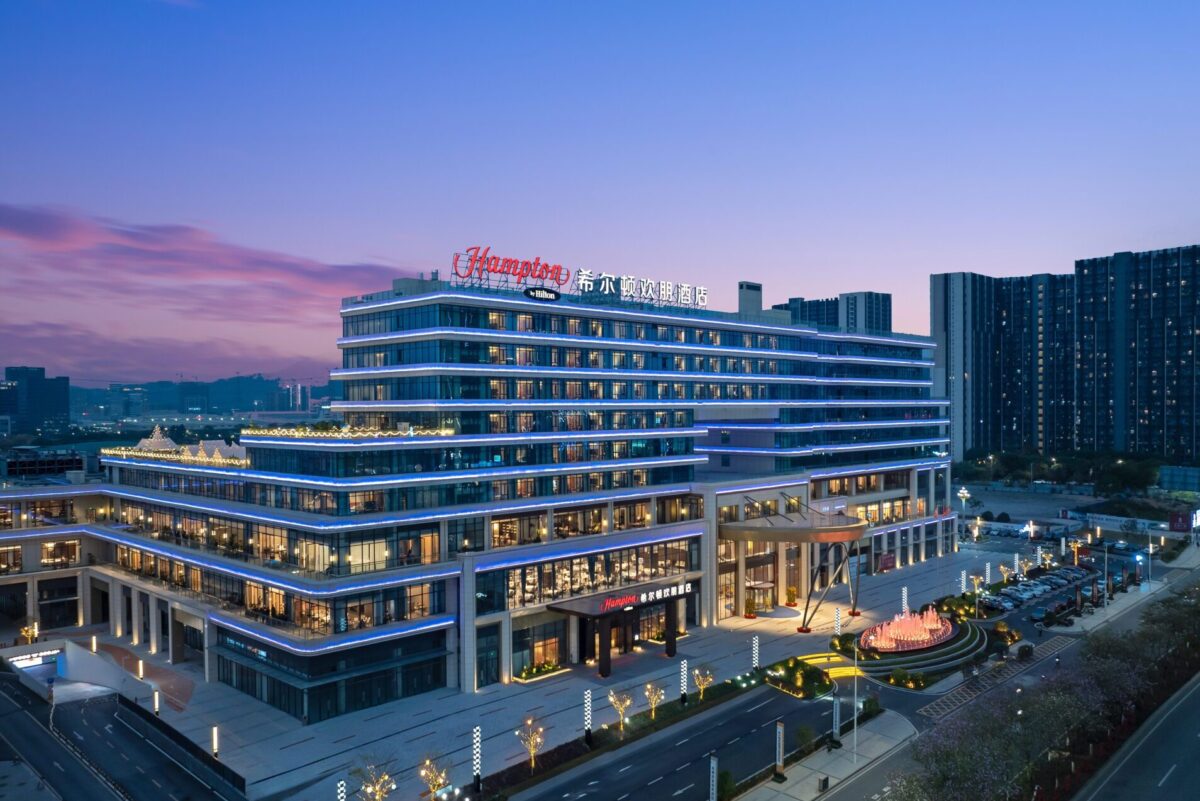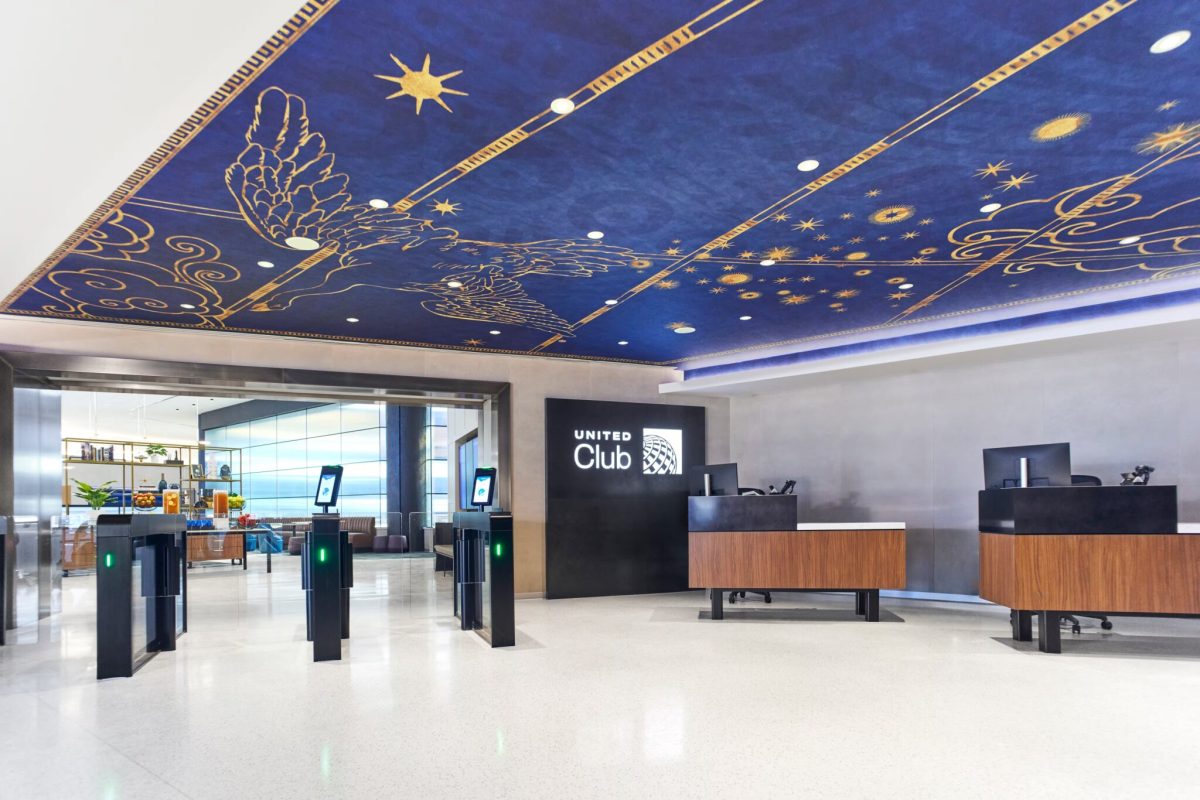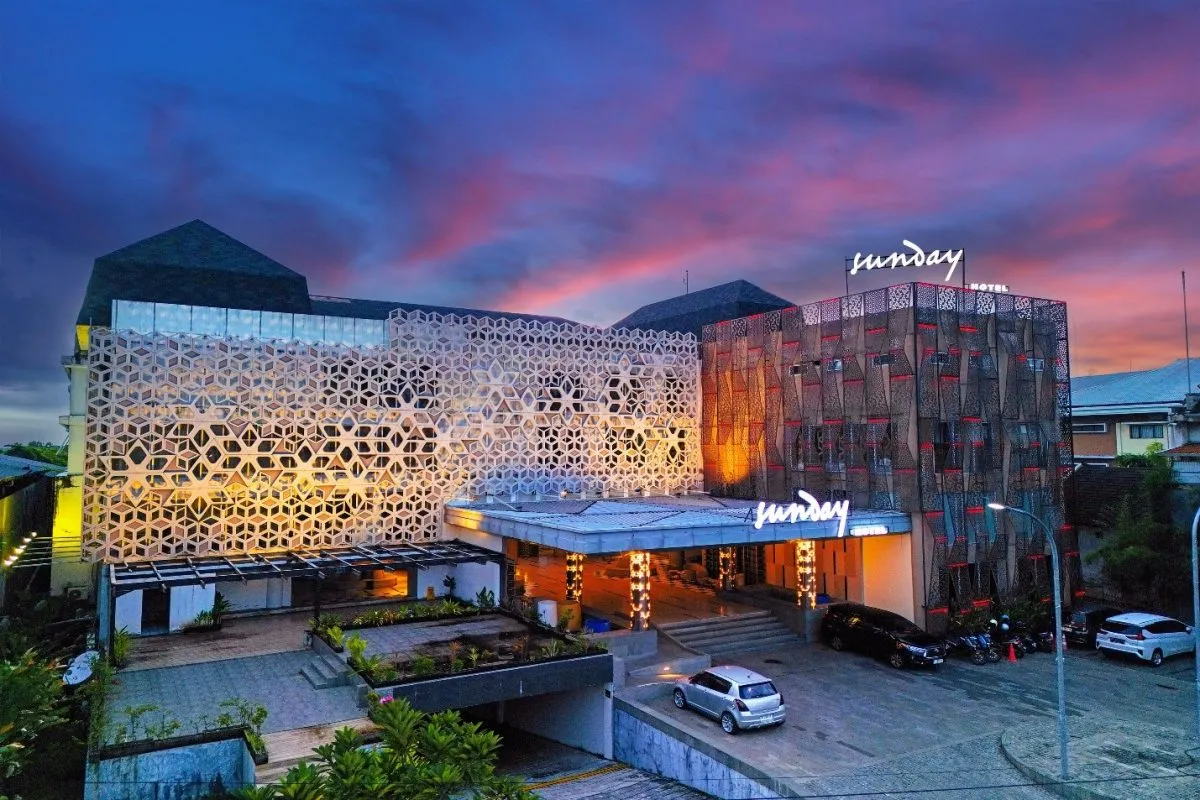Exclusive: Hilton Had One Hampton in India for 14 Years — Now It’s Aiming For 75

Skift Take
Hilton on Thursday signed an agreement with Indian hotel management company NILE Hospitality to introduce 75 Hampton by Hilton properties across the country.
There is currently just one Hampton by Hilton property in India, located in Vadodara.
This expansion plan follows Hilton’s earlier agreement with Olive by Embassy for 150 properties under the Spark by Hilton brand.
Hilton currently operates five of its 24 brands in India. That is expected to grow to eight in the coming years as it adds Waldorf Astoria, Curio Collection, and other brands.
“We currently have 31 hotels trading in India with another 27 in the pipeline. This year we are on track to add another 6 hotels,” Clarence Tan, senior vice president, development, APAC, Hilton, told Skift.
Tan said it is on track to grow to 10 times its current size in India over the next decade.
Hampton by Hilton is positioned in the upper-midscale segment, filling the gap between upscale Hilton Garden Inn and the Spark by Hilton, a premium economy brand. It aims to attract value-conscious yet quality-driven travelers.
The Hampton by Hilton hotels in India will open in Gujarat, Rajasthan, Punjab, and Bihar.
Why India? The Market Fundamentals
Tan believes India is ripe for expansion due to three key factors:
- Strong Economic Growth and Infrastructure Boom – India, now the world’s fifth-largest economy, will remain the fastest-growing major economy for the next two years, as per World Bank estimates. Infrastructure development is surging, with thousands of kilometers of highways, railways, and airports being added. “Hospitality typically follows this infrastructure to cater to travelers on these new corridors,” Tan said.
- A Rising Middle Class with Growing Travel Aspirations – India’s middle class is projected to expand from 450 million people today to nearly 1 billion by mid-century. “When people enter the middle class and gain the means to travel, they usually start traveling domestically, before venturing abroad. So, while the Hilton portfolio spans premium economy to luxury, we are building out the bulk of our hotels in the mid-market because that’s where the vast majority of the demand lies,” Tan told Skift.
- A Glaring Undersupply of Hotels – India lags behind the U.S. and China in hotel penetration, and demand continues to outstrip supply, driving rates higher. The hospitality industry’s revenue is expected to increase by 7-9% this year, with revenue per available room (RevPAR) at decade highs. “While costs rise, we see performance remaining stable given demand continues to rise,” Tan said.
“We believe the time is right for our focused service brands, but we also see opportunities to build out our full-service portfolio in key gateway cities,” Tan noted. Hilton’s recent DoubleTree by Hilton signings in cities like Bhopal and Varanasi reflects this multi-brand strategy.
“With economic growth driving infrastructure and the expansion of the middle class, coupled with an undersupply of internationally branded hotel stock, India is at a sweet spot for the hospitality industry,” Tan said.
Lessons from China
Hampton by Hilton has seen significant success in China, expanding rapidly over the past decade. Tan attributes this to three factors: Strong local partnerships, consistent product and service quality and adapting to local consumer preferences.
Hilton is applying a similar approach in India. “We’ve conducted in-depth market and consumer research to shape our strategy,” said Tan. For instance, taking inspiration from India’s regional cuisines, the brand is looking to adapt its signature waffle to both savory and sweet options with plans for a chai flavored waffle.
Tapping into India’s Growing Travel Trends
India’s travel industry is booming, driven by business travel, leisure tourism, religious tourism, and weddings.
Religious tourism is a major factor, with events like the Maha Kumbh Mela expected to attract up to 600 million visitors, generating $500 million in lodging opportunities.
The wedding industry, second only to the U.S. in size, is projected to generate $70 billion in revenue this season alone, up from $50 billion last year, from 3.5 million weddings. Hilton has signed multiple hotels in wedding hotspots like Jaipur to capture this market.
“We’ll have to be in the right place at the right time, with the right brand to cater to these trends,” said Tan. The hotel company has also opened a DoubleTree by Hilton hotel in India’s spiritual capital, Varanasi. “Other religious hubs, such as Amritsar, Ayodhya, Dwarka, Puri, Shirdi, and Tirupati are expected to be growth regions for hotels,” he said.
Hilton is also focusing on customer loyalty in India through its Hilton Honors program, which already drives 60% of its global occupancy.
Accommodations Sector Stock Index Performance Year-to-Date
What am I looking at? The performance of hotels and short-term rental sector stocks within the ST200. The index includes companies publicly traded across global markets, including international and regional hotel brands, hotel REITs, hotel management companies, alternative accommodations, and timeshares.
The Skift Travel 200 (ST200) combines the financial performance of nearly 200 travel companies worth more than a trillion dollars into a single number. See more hotels and short-term rental financial sector performance.





